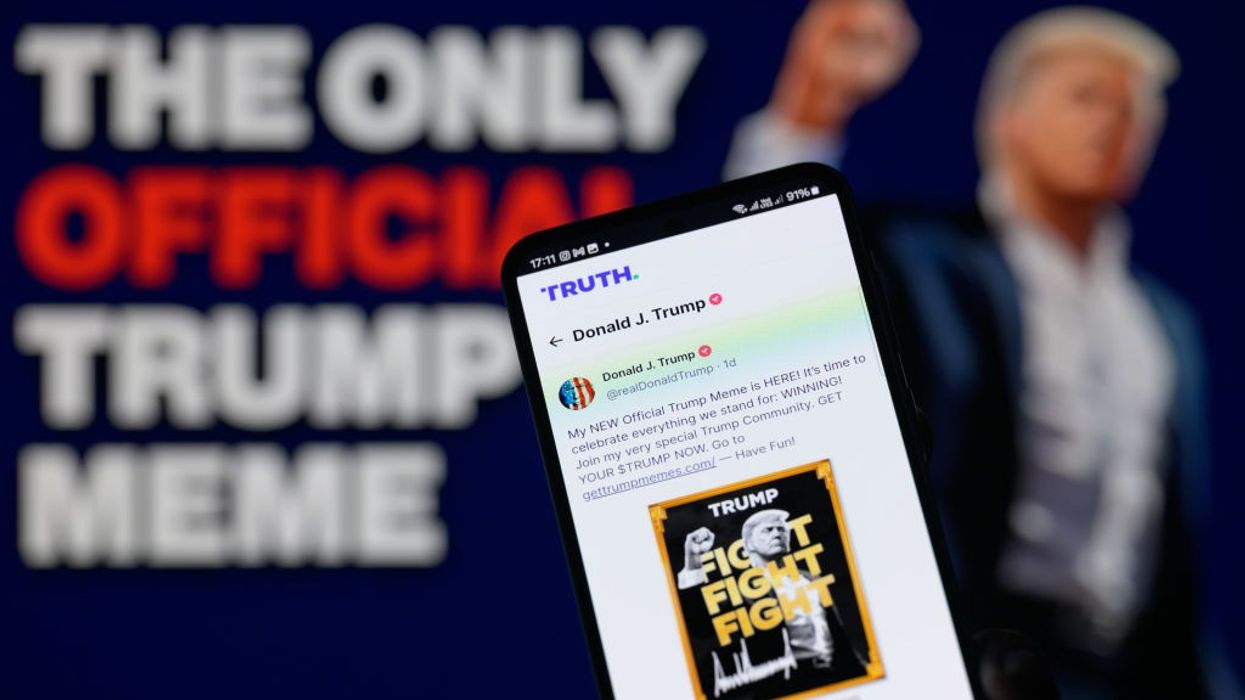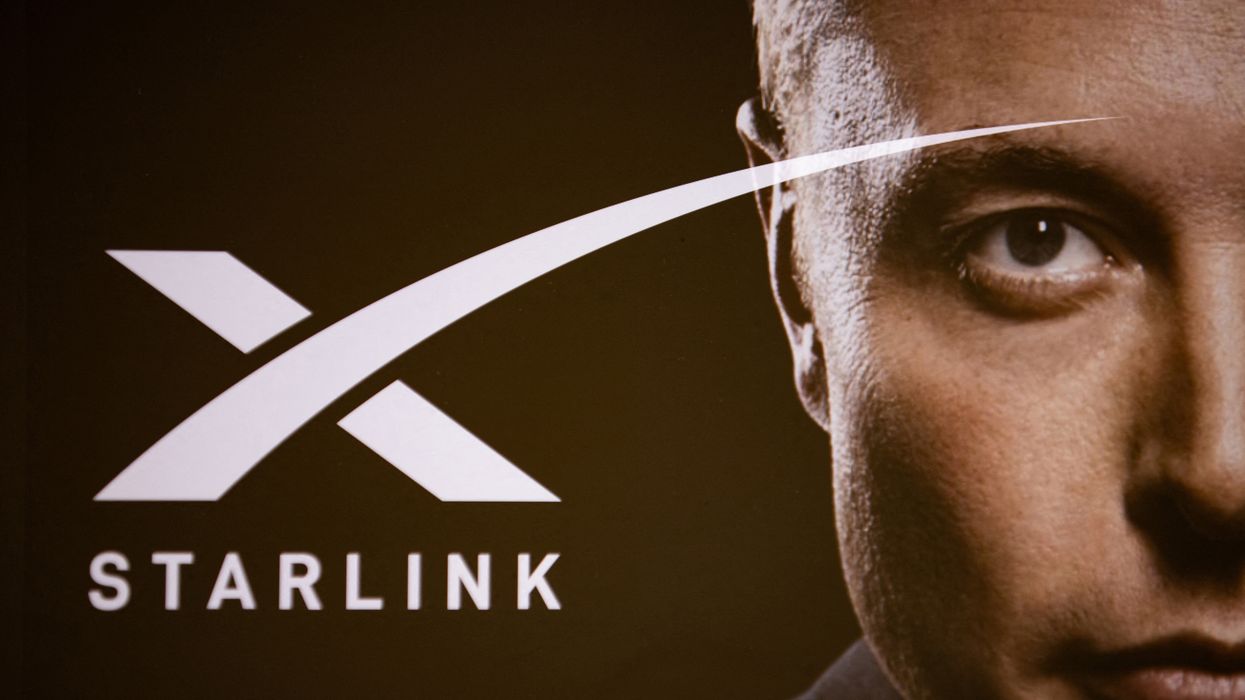- Trump won 56 percent to 43 percent voters without college degrees, a proxy for the working class, according to exit polls.
- Trump won 52 percent to 46 percent those with total family income of $30,000 to $100,000, another proxy for the working class.
- Of those who felt that their family’s financial situation was worse today than four years ago, 82 percent voted for Trump. Of those who felt it was better, 83 percent voted for Harris, as the Democratic brand moved up the income ladder.
- Of those who said the economy is not so good or poor, 70 percent voted for Trump. Of those who thought the economy was excellent or good, a proxy for the managerial professional class, 92 percent voted for Harris.
- There is a very strong statistical correlation between the counties with the highest layoff rates and the decline of the Democratic vote. During the last four years approximately 80 million workers suffered through involuntary layoffs. (Please see Wall Street’s War on Workers.)
These trends have been a long time in the making. In 1976 Jimmy Carter received 52.3 percent of the white working-class vote. Biden received only 36.2 percent in 2020, and Harris 33.0 percent in 2024. Racism can’t be the major cause of recent declines, since Barack Obama did better with 40.6 percent in 2012.
Given the political chaos all around us, now is the time to experiment with new ways to rekindle a working-class movement.
Meanwhile, the Republicans are trying to attract workers to a class-befuddled MAGA movement dominated by millionaires and billionaires. Trump’s plutocratic cabinet makes clear that the working class does not have a political home in either party. The question is, how can a new one be constructed?
Turn the Democrats Into Progressive Populists?
It would be suicidal, some argue, for the working class to abandon the Democrats. Better that they exert pressure so that the Democrats become genuine economic populists. For that to happen, realistically, it must be proven that Democrats can win elections on a populist platform in places like Pennsylvania, Ohio, Michigan and Wisconsin.
But Sherrod Brown, a very strong economic populist, lost his Senate seat in Ohio in 2024. Did populism drag him down? Brown, who lost by 3.6 percent, certainly ran better than Harris, who lost Ohio by 11.2 percent. Brown believes, however, that he was done in by NAFTA, the free trade bill pushed for and signed by Bill Clinton in 1993. He believes the Democrats are still being blamed for how that trade bill decimated industrial areas:
“But what really mattered is: I still heard in the Mahoning Valley, in the Miami Valley, I still heard during the campaign about NAFTA.
I’ve seen that erosion of American jobs and I’ve seen the middle class shrink. People have to blame someone. And it’s been Democrats. We are more to blame for it because we have historically been the party of [workers].”
The power of NAFTA, not the working-class racism, is also what delivered the South to the Republicans, according to Nelson Lichtenstein in his new book on the Clinton years, A Fabulous Failure. Even after Nixon used his racist Southern Strategy to lure the South away from the Democrats, Lichtenstein notes that congressional representation in the southern states was still evenly split between the two parties. After NAFTA demolished the southern textile industry, however, most of the South abandoned the Democrats.
NAFTA = Job loss = Democrats
That’s the formula Brown could not overcome. But how could NAFTA still have so much punch three decades after it was passed?
For most working people, free trade deals are a proxy for mass layoffs. NAFTA, and then deals allowing China into the World Trade Organization, led to millions of lost jobs, especially in manufacturing areas. The pain lingers because corporations learned that moving jobs, or threatening to move them, can make them more in profits, and so involuntary layoffs continue unabated, upending the lives of approximately 20 million workers per year.
The Democratic Party has refused to stop Wall Street and corporate America from using layoffs to raise cash for the richest of the rich. The Democrats also have failed to redevelop decimated areas by directly creating jobs, as the New Deal did during the Depression. Job stability is not something either political party cares about, because corporate interests come first, but the issue hurts the Democrats more because of its historical claim as the party of working people.
The Democratic Party has refused to stop Wall Street and corporate America from using layoffs to raise cash for the richest of the rich.
Sherrod Brown’s populism didn’t cost him the election. The Democratic Party’s lack of economic populism, including their advocacy for trade deals and their overall failure to protect the livelihoods of working people, eroded Brown’s base.
Run as an Independent?
Dan Osborn, a steamfitter and former local union president, tried another path by running as an independent Senate candidate representing Nebraska. (The Democrats did not field a candidate.) He did even better than Sherrod Brown, losing by 6.7 percent while Harris finished a whopping 20.4 percent behind Trump, but clearly more needs to be done.
Osborn is now setting up the Working-Class Heroes Fund, a political action committee to recruit and support working-class candidates. As he put it:
Whether they’re leaving their party or it’s young people registering to vote, I think there’s certainly an appetite for people who are just frustrated with the parties…. We just see things not getting done. The reason why they’re not getting done is because they’re all bought and sold, and they’re owned by corporations. That is truly the divider in the country. So, I think that’s where the appetite stems from.
To win Osborn needed about 20 percent of Trump voters, which in turn meant he needed to find areas of agreement with Trump while struggling to find a working-class position on immigration. On the one hand, he said that something had to be done to secure the southern border. “Our border’s broken,” he said. “Our immigration system is broken.” He also argued that hard-working immigrants who were in the country, paid their taxes, and didn’t commit crimes should have a pathway to citizenship.
A Movement, Not Just a Candidate
Running candidates independent of the two parties, but without playing the role of a spoiler, is a strategy worth trying. But the history of working-class movements suggests that significant political change requires the mobilization of large numbers of working people into organized political movements of their own making.
- It was the rise of the 19th populists, the Farmers Alliance, that eventually forced the political system to regulate the robber barons.
- It was the rapid rise of the labor movement during the Depression that mobilized mass support for the New Deal.
- It was the upsurge of the Civil Rights movement that led to the historic anti-discriminatory reforms passed during the Johnson administration in the 1960s.
These movements reshaped the political landscape and put working-class issues on the national agenda. They gave working people a home, a collective expression, a sense of belonging, and empowerment. My guess is that for some, MAGA has done the same.
The Democrats became the party of the working-class because the labor movement, after WWII, represented more than 30 percent of the workforce. If you count family members it represented a large majority of working people. Its agenda could not be ignored.
Today, however, with only six percent of private sector workers in labor unions, that voice is greatly diminished.
Can labor unions again grow rapidly? Not without major labor law reforms to level the playing field with corporate power. But those reforms will not pass without a mobilized working class that demands it. Even when Democrats have controlled all three branches of government, they have failed to pass such reforms. If we’re waiting for labor unions to again represent 20 percent of the workforce, we’ve got a long wait.
The political void needs to be filled with concrete activities that bring workers together and give them a sense of collective power.
Working people, union and non-union alike, can still be mobilized through civic engagement to express their hopes and desires. Workers could join something new, like a new Workers Populist Alliance, to develop and put forth a working-class agenda.
But such a formation can only get off the ground if it is sponsored and resourced by a group of progressive labor unions. If unions really backed it, workers just might come. We need them to step up and try a pilot in one state, like Michigan.
What should a Workers Populist Alliance stand for? Here’s a simple platform that surveys suggest would have wide working-class appeal:
- Increase the minimum wage to at least $20 per hour, provide paid family leave, and four weeks paid vacation a year.
- Save jobs by prohibiting large corporations that receive taxpayer money and tax breaks from laying off taxpayers involuntarily.
- Guarantee the right to a job at a living wage. If the private sector can't create those jobs, the public sector must.
- Stop drug company price gouging, and end health insurance rip-offs by replacing them with Medicare for All.
The political void needs to be filled with concrete activities that bring workers together and give them a sense of collective power. One activity would be to shove this agenda in the face of every candidate, from city council to President, asking them to publicly endorse it. The platform could be used to fight against millions of unnecessary layoffs caused by unmitigated corporate greed and provide a progressive alternative to MAGA. This could be done very systematically in town after town, county after county. The ask of politicians is simple: Which side are you on?
Are labor unions willing to build a new political movement outside of the Democratic Party? It would be an uphill battle because their shared roots run deep. But expecting the Democrats to change their stripes has been a recipe for failure the last 40 years. And so is believing that MAGA billionaires will have anything to offer working people other than more tax cuts for the rich, plus mass layoffs.
Given the political chaos all around us, now is the time to experiment with new ways to rekindle a working-class movement. Could this develop into a viable third party of working people? No one knows. But there is no doubt that working people need a new home of their making.
The billionaire class has two political parties. Working people need one of our own.


